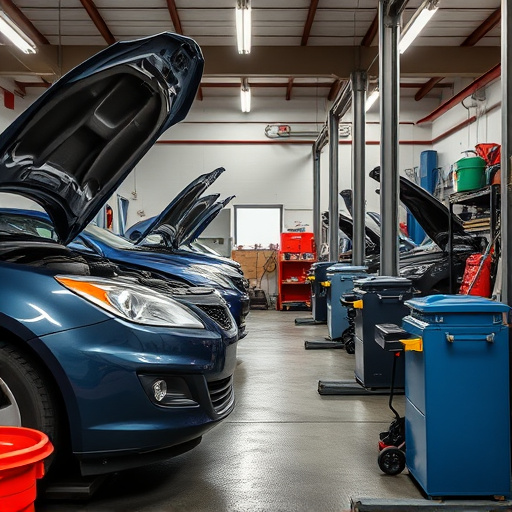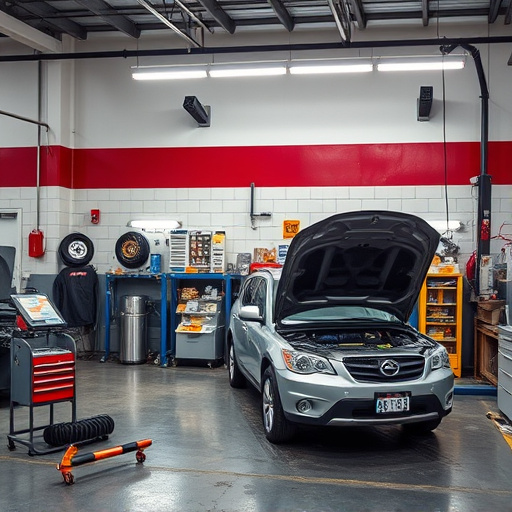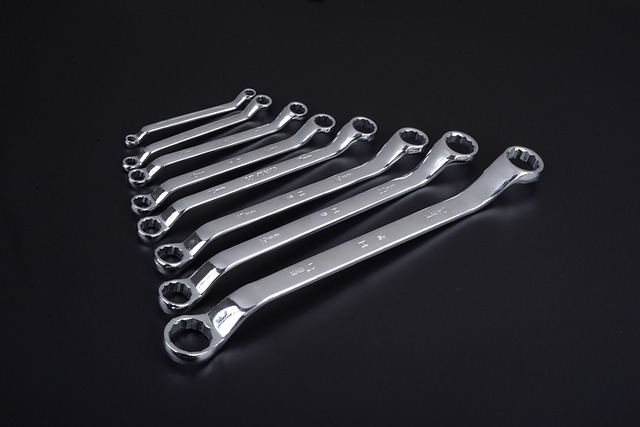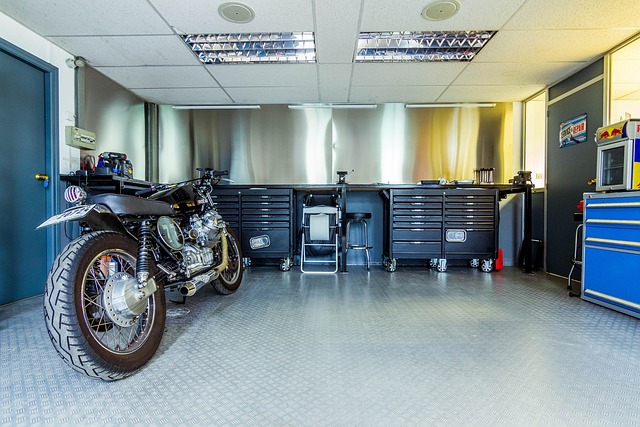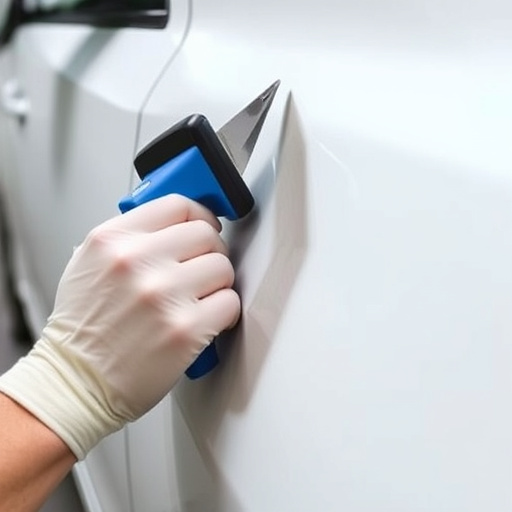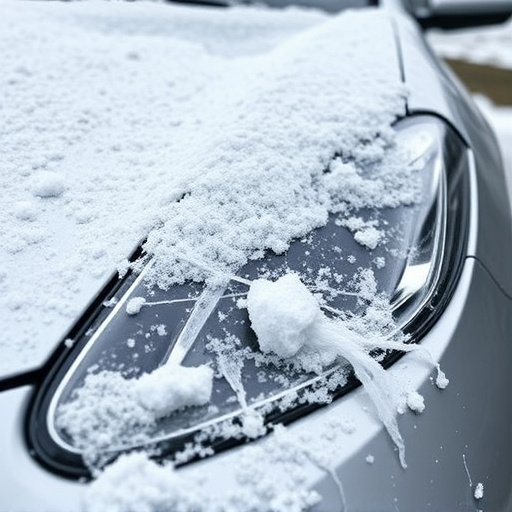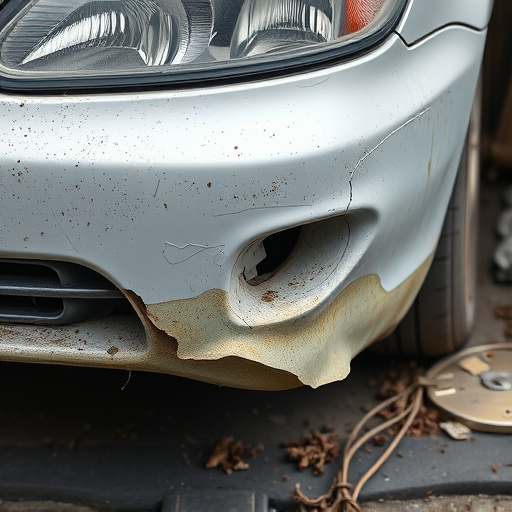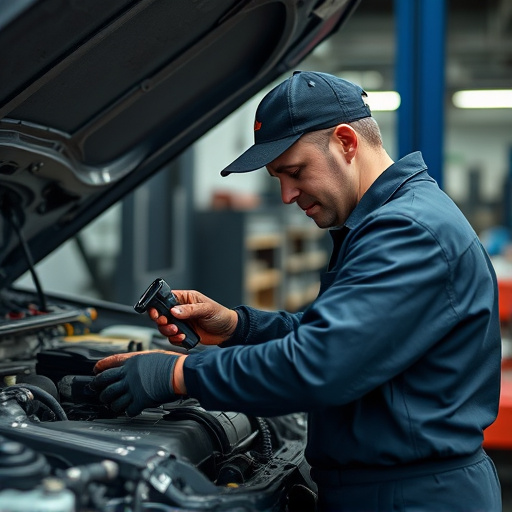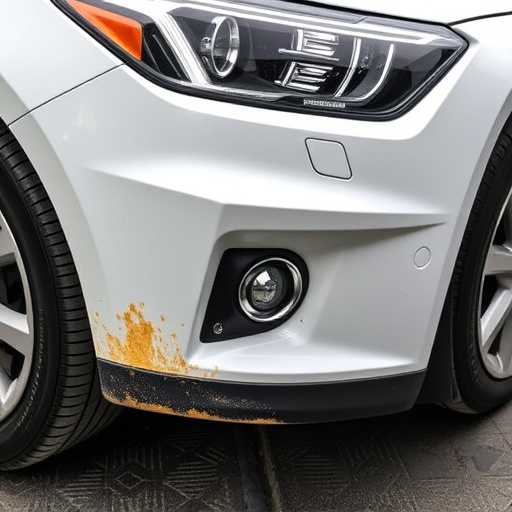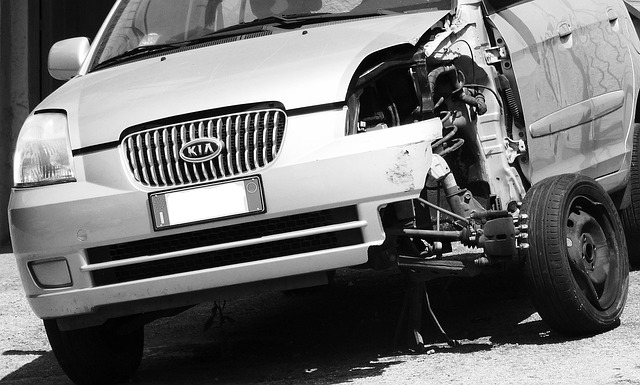The brake system collision check is a crucial quality control step in automotive care, particularly for high-performance cars like Mercedes-Benz. This advanced inspection goes beyond visual checks, analyzing brake fluid purity, measuring brake pad wear, and verifying caliper and rotor alignment. Advanced technologies, including sensor technology and automation, have transformed this process, enabling engineers to detect even minor defects through real-world collision scenario simulations. This proactive measure enhances vehicle safety, reliability, and resale value, ensuring optimal auto maintenance practices.
In the realm of automotive quality control, the brake system collision check stands as a vital procedure ensuring vehicle safety and reliability. This comprehensive inspection identifies potential issues within the intricate network of brakes, preventing catastrophic failures and protecting lives on the road. By employing advanced technologies, this process has evolved, enhancing efficiency and precision. This article delves into the significance of brake system collision checks, elucidating their role in maintaining superior vehicle performance and passenger confidence.
- Understanding Brake System Collision Check: A Quality Control Essential
- How Brake System Collision Checks Ensure Safety and Reliability
- The Impact of Advanced Technologies on Brake System Collision Check Efficiency
Understanding Brake System Collision Check: A Quality Control Essential
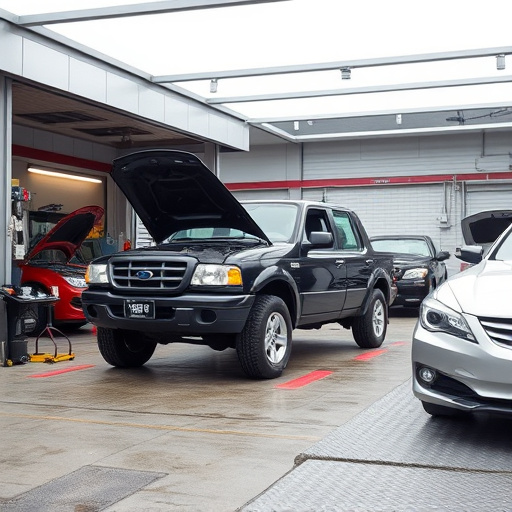
The brake system collision check is an integral part of quality control in automotive maintenance, especially for vehicles like Mercedes-Benz that demand precision and safety. This process involves a thorough inspection of the brake system to identify any potential issues or discrepancies following a collision or accident. It’s not just about checking for visible damages; it delves into the intricate mechanics of the braking components to ensure they function optimally and safely.
In an auto repair shop, this checkup goes beyond merely inspecting the brakes’ physical state. It includes testing the brake fluid for any contamination or degradation, examining brake pads for wear and tear, and verifying the proper alignment of the brake calipers and rotors. Even subtle issues like minor misalignments can significantly impact braking efficiency, making this collision check a game-changer in maintaining top-notch vehicle quality and safety standards, particularly for high-performance cars like Mercedes-Benz models that demand meticulous care during repairs, including bumper repair services.
How Brake System Collision Checks Ensure Safety and Reliability
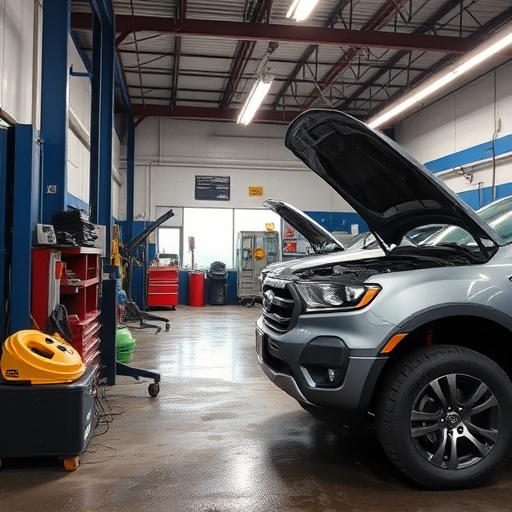
Brake system collision checks are a critical aspect of quality control in automotive manufacturing and maintenance. These checks ensure that every component of the brake system functions optimally and safely, preventing potential disasters on the road. By simulating real-world collision scenarios, manufacturers can identify any flaws or defects that may go unnoticed during routine inspections. This proactive approach allows for immediate corrections, enhancing vehicle safety and reliability.
In addition to ensuring mechanical integrity, regular brake system collision checks also play a vital role in aesthetics and overall vehicle value. Just as with paintless dent repair and bumper repair techniques used to restore vehicle bodywork, identifying and rectifying issues early can prevent more extensive damage down the line. This not only preserves the vehicle’s physical condition but also maintains its resale value, providing peace of mind for both owners and potential buyers.
The Impact of Advanced Technologies on Brake System Collision Check Efficiency

Advanced technologies have significantly enhanced the efficiency of brake system collision checks, a critical aspect of quality control in vehicle manufacturing and auto maintenance. These innovations allow for more precise simulations of real-world collision scenarios, ensuring that every component of the brake system is thoroughly tested under diverse conditions. Sensor technology, for instance, plays a pivotal role by providing real-time data during these tests, enabling engineers to identify even the slightest defects or malfunctions that might go unnoticed in traditional checks.
Additionally, automation has streamlined the process, reducing human error and increasing the speed of collision check procedures. Modern testing facilities now employ sophisticated machines that can replicate various collision impacts, from minor fender benders to severe accidents, simulating a wide range of scenarios that a vehicle may encounter on the road. This comprehensive approach to brake system collision check not only guarantees the safety and reliability of vehicles but also streamlines operations in vehicle body shops, contributing to more efficient auto maintenance practices.
The brake system collision check is an indispensable tool in quality control, ensuring vehicles meet safety standards. By simulating potential collisions, this process verifies the effectiveness of braking systems, preventing accidents and saving lives. With advancements in technology, such as sensor accuracy and data analytics, the efficiency and precision of these checks have improved significantly. This not only streamlines production but also enhances overall vehicle reliability, making it a critical step in modern automotive quality control practices.

